latest
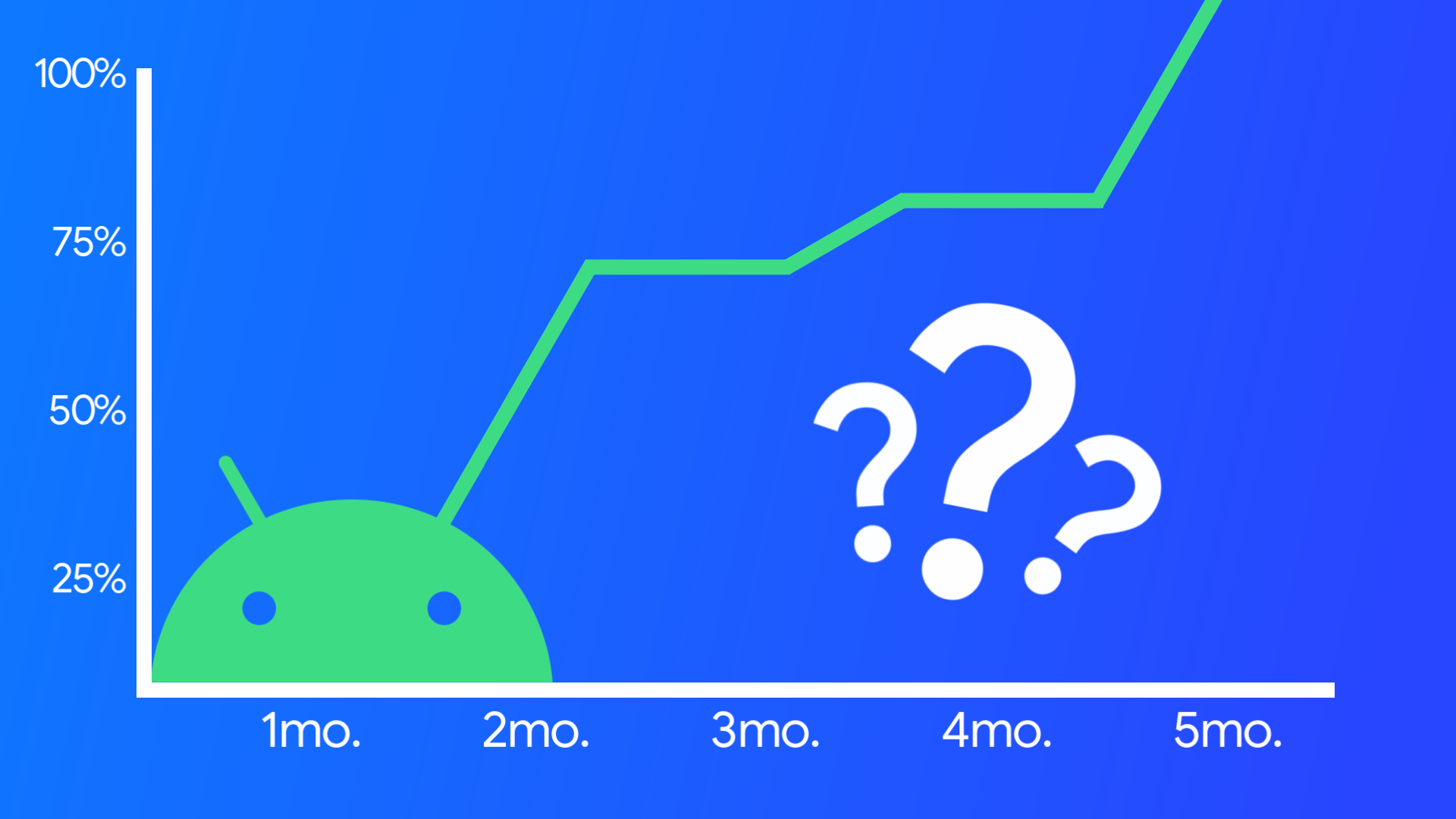
Google's latest Android version distribution numbers show 11 in dead heat with 10
One positive trend: more users are getting newer versions sooner
Google has been quite sparing with giving out platform version distribution for Android since its last regular dashboard in 2018 — and in the run-up to that one, reporting had become increasingly late. Today seems to be the day, though, when it has decided to put out new numbers.
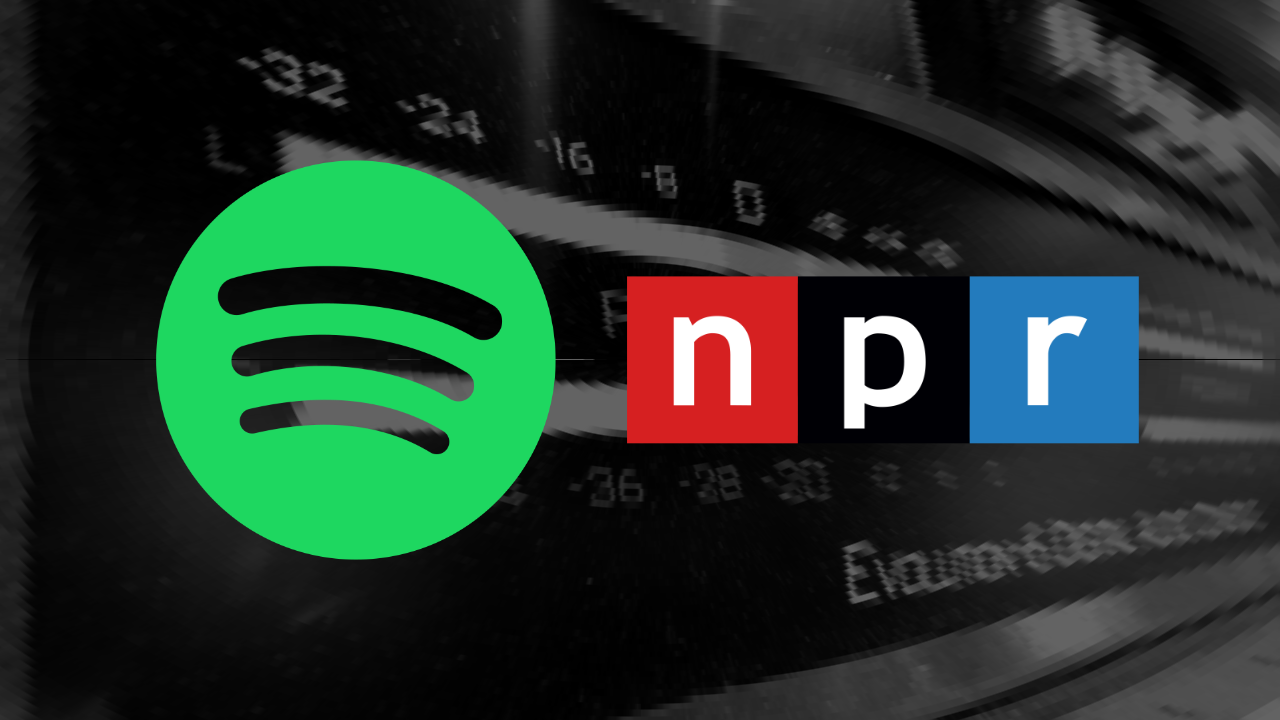
NPR inks international podcast distribution deal with Spotify
Because RSS feeds do not exist anymore
Apparently, podcasts can spread through not just with RSS links, but with expensive distribution agreements as well. With that said, Spotify will be distributing 26 of NPR's shows internationally.

It's that time again! Google has updated the developer dashboard with new platform distribution numbers, showing the current state of Android version distribution among devices that have recently checked in to the Play Store.
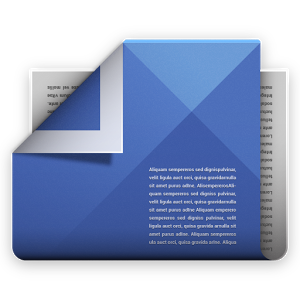
The Google Play Newsstand Android app is pretty and all, but without the ability to subscribe to magazines, it's little more than a dumbed down pseudo-RSS reader. So it's a pretty good thing Google is rolling out access to the digital magazines to more countries. By now, residents in France and Germany should have access to the Newsstand content available in Google Play.

Developers have certainly made great use of the Alpha and Beta distribution channels in the Play Store since they became available last summer. There was one glaring oversight: developers could only write a single block of text for the "What's New" section. This often led to changelogs that left beta testers in the dark about changes or confusing regular users with promises of new features and fixes that hadn't yet materialized in the stable channel. Well, this problem ends today. Google has finally opened up support for distinct changelog text for each channel!

If you've ever written an iOS or Android app, or if you've been part of a beta testing group, there's a chance that you've run into TestFlight. The service provides software to help with deploying beta apps to users and collect usage statistics and bug reports for developers. One year ago today, the company announced its plans to expand beyond the iOS world and begin serving Android developers, as well. What followed was a short private beta that ended in May. Despite an apparently successful launch, Testflight is officially dropping support for Android on March 21, 2014.

It's that time again - each month, Google updates the developer dashboard to reflect Android's latest platform distribution numbers, determined according to devices that have accessed the Play Store in a seven-day period.

Each month, Google updates Android's platform distribution numbers according to devices that have accessed the Play Store in a seven-day period. January's updated pie chart has just hit, and things seem to be following a fairly predictable pattern.

It's that time again - Google has updated the developer dashboard with new platform distribution numbers. Following a predictable trend, KitKat has eked out its own 1.1% niche, Jelly Bean (API version 16-18) is going strong at 54.5%, putting it further over the mark it reached last month, running on over half of all devices that have checked in to the Google Play Store in the past two weeks, while Gingerbread's grip continues to slip, decreasing to 24.1% from 26.3% last month.
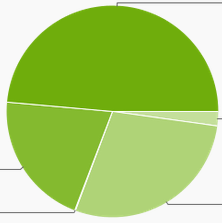
The latest Android platform distribution numbers are in, and they tell a story you probably would expect. There's no surprise ending here - more users are getting their hands on Jelly Bean, whether through updates or by purchasing new devices, and older versions are continuing their descent. Gingerbread remains stubborn, with more devices than Froyo, Honeycomb, and Ice Cream Sandwich combined.
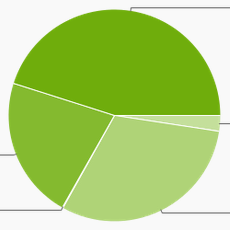
Google's a little late with the Android platform distribution numbers this month. It might have something to do with a rather large announcement yesterday, involving a candy bar, a statue, and the announcement of Android 4.4. But the numbers were just posted, so let's have a look at 'em, shall we?

It's that time of the month: get your paycheck, pay your bills, and gather round the Android Developers page for a new look at the distributed versions of the world's most-used mobile operating system. For the two-week period ending on August 1st, Jelly Bean 4.1 rose 1.7% to 34% of the total Android population, becoming the most popular single version of Android for the first time.

Google Updates Platform Distribution Numbers – Gingerbread Down To 38.5%, Jelly Bean Up To 28.4%
As usual Google has updated monthly platform distribution numbers for Android in its developer dashboard. The numbers, based on devices accessing the
As usual Google has updated monthly platform distribution numbers for Android in its developer dashboard. The numbers, based on devices accessing the Play Store over the last 14 days (ending May 1st), tell developers which versions of Android are most prevalent, and which are on the decline.

Well, it's that time again – time for the monthly update to Android's Platform Distribution Numbers. Each month, Google publishes the latest figures, letting developers know what versions of Android are currently dominating active devices.
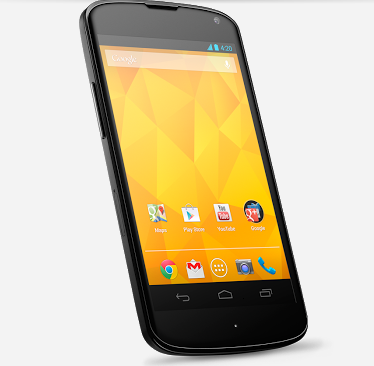
While Google's been on a roll entering new countries with all its services lately, today is a little different. The Nexus 4 has reached Brazil's shores, but it's not via Google's own-branded storefront. You can pick it up at Fast Shop, Ponto Frio and, presumably, other retailers. No word on when (or if) it might launch on the Play Store.

Google Currents Update Adds Support For Audio Playlists, Media Bars, And Audio Controls
Google Currents Update Adds Support For Audio Playlists, Media Bars, And Audio Controls
Google released an update to the news reader it hasn't abandoned today, adding a bunch of support for audio-centric features. Playlists are now available for editions that contain audio content, and users will be able to play, pause, and jump forward or backward in the playlist. There are even status bar controls added for when audio is playing, so you don't have to sit staring at a blank playback page while listening.

It's the start of a new month, so you know what that means: time to look at the rise and fall of Android versions over the last four weeks. This month's numbers continue to look promising, with Gingerbread and ICS steadily sliding downhill and Jelly Bean continuing its climb to the top:

Popular beta testing platform TestFlight has officially announced its arrival to Android in private beta form, in a post to the TestFlight blog. If you're wondering how popular TestFlight really is, the same post should provide some reference: the service has been trusted with smoothing the process of beta app deployment for over 300,000 iOS apps. Needless to say, its expansion to Android is big news.

It's that time again! We get another glimpse at what the platform distribution numbers are like for Android. If you've been following along, you'll notice there aren't many changes: Gingerbread is still the biggest slice of the pie, Ice Cream Sandwich is second, and the two major versions of Jelly Bean together make up the third largest. 2.3 is down to 45.4% from 47.4% a month ago. That 2% difference seems to have gone overwhelmingly to Jelly Bean which went up to 13.6% from 10% a month ago.

The long, hard road towards the future of Android slogs on. While Gingerbread still remains the largest major version of the platform, its dominance is decreasing steadily. As of January 3rd, Gingerbread only represented 47.4% (down from 50.6% in December)of all Android devices. The second runner-up was Ice Cream Sandwich with 29.1% (up from 27.5% in December). The two versions of Jelly Bean totaled up to 10.2%, though if you subdivide by the Summer and Winter releases, they get much farther apart: 4.1 accounts for 9%, while 4.2 is on a measly 1.2% of devices.







